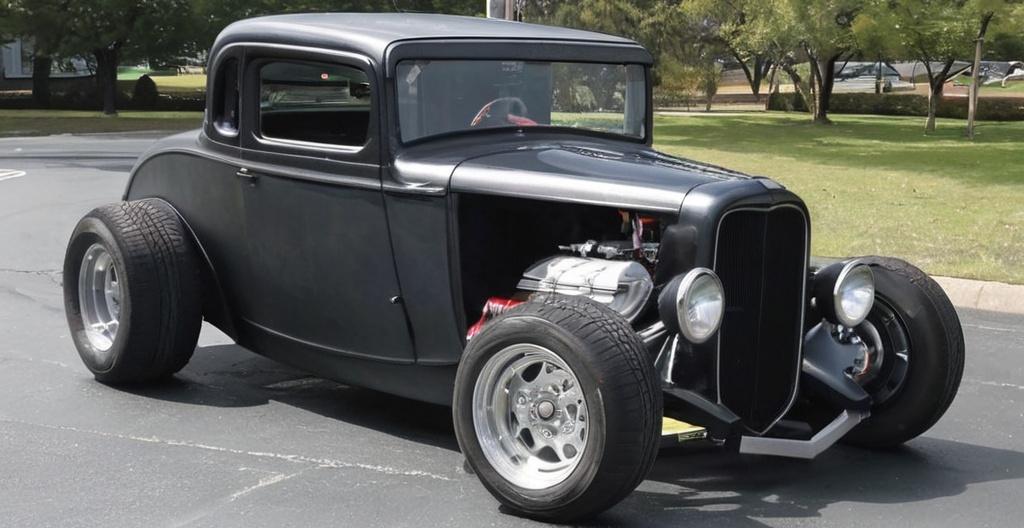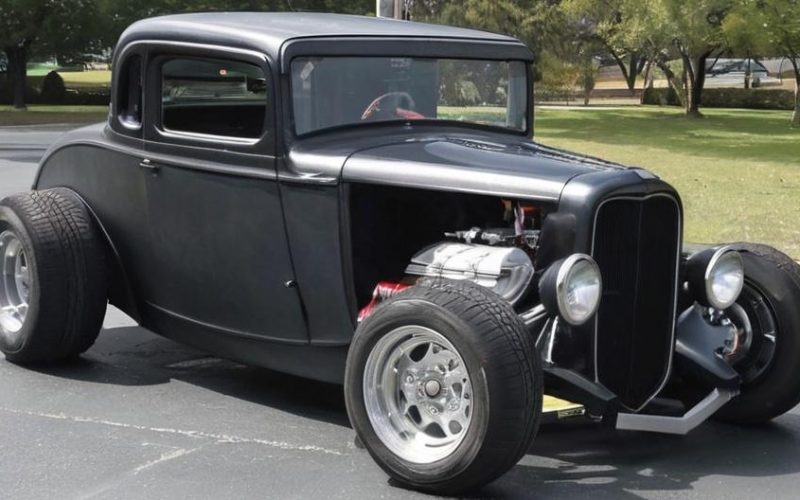Key Take Aways About Early Pioneers of the Street Rodding Scene
- Street rodding began in the late 1930s as a fusion of car culture and rebellion.
- Post-WWII era saw a surge in street rodding, driven by surplus parts and veterans’ mechanical skills.
- Early rodders showed innovation by transforming old cars with limited resources.
- Community and events like NHRA drag racing popularized street rodding.
- Pioneers like Ed Roth and George Barris became iconic figures in customization.
- Street rodding’s influence persists in modern car customization.
- The spirit of creativity and individuality remains central to street rodding.

The Roots of Street Rodding
Street rodding, an unpredictable blend of car culture and mechanical prowess, revved its engines back in the late 1930s. These early pioneers took regular cars and turned them into roaring machines, not just for the thrill of speed, but as a statement of innovation and rebellion. Nobody handed them a rule book; they wrote their own.
Picking Up Speed in Post-War America
After World War II, street rodding really found its groove. The war had ended, optimism was in the air, and folks were looking for a way to have some fun. Surplus military parts were cheap, and soldiers returned home with mechanical skills and a newfound sense of freedom. What better way to showcase this than by modifying cars to go faster and look cooler? Curiously enough, it wasn’t just about showing off at the local drive-in; it became an expression of individuality.
Innovators and Tinkerers
The early street rodders might not have had today’s fancy tools, but they had creativity. Picture this: rusty old cars transformed into sleek speed demons in makeshift garages, powered by an engine swap here and there or a homemade carburetor tweak. They were like mad scientists of the automobile world, constantly experimenting and pushing boundaries. You couldn’t just walk into a shop and buy what you needed. You had to make it, borrow it, or, in some cases, stumble upon a solution during a late-night garage session.
Landmarks of the Street Rodding Culture
If there’s one thing street rodders had, it was a community. Gatherings popped up where enthusiasts could swap stories, parts, and advice. Car clubs came into being, offering a sense of belonging and camaraderie. Events like the first National Hot Rod Association (NHRA) drag racing meet in 1951 gave street rodding an even wider audience and stamped its place on the map. It was more than just a hobby; it was a movement.
The Tinkerers’ Toolbox
Back in the day, resources were scarce, so people got creative with what they had. Junkyards became treasure troves for parts. A savvy rodder would find an old engine block or a discarded bumper and see potential where others saw scrap. It’s a bit like modern upcycling—but with 400 horsepower under the hood. There was something almost poetic about taking what was discarded and making it roar back to life.
Notable Figures in the Scene
Names like Ed “Big Daddy” Roth and George Barris are legends in the street rodding world. Roth, with his wild custom designs and the famous Rat Fink character, turned car customization into an art form. Meanwhile, Barris made a name for himself crafting iconic vehicles like the Batmobile. These innovators inspired countless others to wrench on their own machines and redefine cool on four wheels.
Shaping the Future of Car Culture
Street rodding hasn’t just stayed in the past. It’s made its mark on modern car culture, from the way people customize their everyday rides to the booming industry of automotive parts designed for personal flair. Even if you’re just swapping out rims or upgrading a sound system, there’s a touch of that original rodding spirit in wanting to make a vehicle your own.
The Influence on Modern Car Enthusiasm
Today, when you see a tricked-out sedan or a souped-up coupe, tip your hat to those early street rodders. Their blend of ingenuity and rebellion has filtered down through generations, inspiring not just motorheads but anyone who sees a car as more than just a way to get from point A to B.
Evolving Techniques and Technologies
While technology has certainly advanced, the heart of street rodding remains the same. Now with modern tools and access to high-tech equipment, today’s rodders can do things those early pioneers could only dream of. Yet, the essence of the practice—the love for speed, style, and individuality—remains unchanged.
The Road Ahead
As we zoom into the future, street rodding will no doubt continue to evolve, adapting to new trends and technologies. It’s clear, however, that the spirit of invention and community that started it all will keep this corner of car culture alive and kicking for generations to come. So, next time you hear that rumble in the distance, remember the pioneers who made it all possible, one wrench turn at a time.
